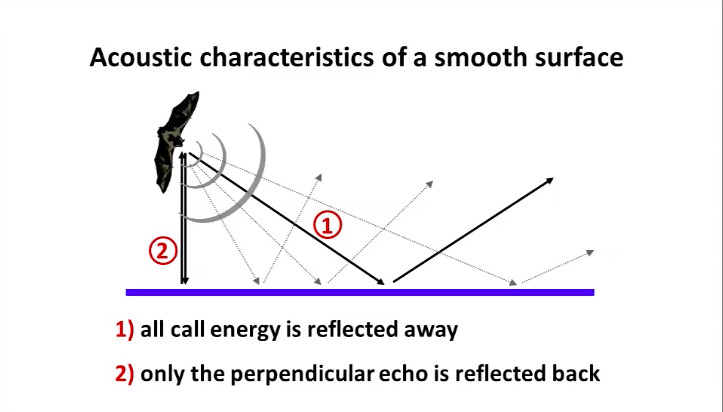Bats crash into buildings because smooth surfaces trick their echolocation

Scientists have figured out why bats crash into buildings: smooth, vertical surfaces like window panes throw off their navigation systems, basically keeping them from “seeing” those obstacles.
The findings, published this week in the journal Science, help explain why injured or dead bats are often found near buildings. The study also shows yet another way that humans are altering the environment in a way that hurts wildlife.
.jpg)
Bats, the only flying mammals, use echolocation to move around. They emit high-frequency sounds and listen for echoes to determine where objects are. A previous study, published by two of the same authors, showed that bats mistake smooth metal or plastic plates placed on the ground as ponds, bumping into them while trying to drink. So researchers wanted to see if the same is true of vertical, smooth surfaces. After all, there’s plenty of observations of bats smashing into glass windows.
They flew greater mouse-eared bats, a species found throughout Europe, through a rectangular tunnel in the dark. In one corner, the researchers placed a vertical metal plate on the wall and a horizontal one on the ground. They found that of the 21 bats, 19 crashed into the vertical plate at least once, but none collided with the horizontal plate or other parts of the walls. “After the experiments, all bats were carefully examined and no injuries were found,” the study says. The researchers then placed vertical plastic plates outside caves, and saw that two other species of bats — Schreiber’s bats and soprano pipistrelles, according to The New York Times — also flew into them.
The reason for the crashes is that when a bat is flying toward a smooth, vertical surface at an angle, the surface reflects the bat’s high-frequency sounds away from the bat, not toward it. (It’s like a mirror.) So when the bat doesn’t hear the returning echoes, it thinks there’s no surface, tricking its echolocation system into thinking it’s flying in an open space.

The study helps explain why buildings and windows can be lethal for bats, suggesting that it’d be wise to avoid such smooth surfaces near crucial spots, such as migratory routes or places where bats feed. An infection called white-nose syndrome is already wiping many bats out, so whatever we can do to avoid further bat deaths is important.
Even though bats have a bad rap as disease-carrying, blood-sucking creatures, they actually play an important role in the ecosystem. They pollinate plants, spread seeds, and eat a lot of insects, including pests like the corn earworm moth, which attacks sweet potato, spinach, squash, and watermelon.
In the future, the researchers want to explore how bats use both echolocation and vision to navigate around smooth, vertical surfaces, the Times says. Research has shown that bats rely on a variety of senses to adapt to the changing environment: a study last year, for instance, found that bats use both hearing and echolocation when hunting in noisy environments. So maybe there’s more than just echolocation at play when bats fly around buildings. Because contrary to the popular myth out there, bats are not blind.
Thanks for sharing... Love it.
ok
Thanks for sharing... Love it.
ok
This post recieved an upvote from minnowpond. If you would like to recieve upvotes from minnowpond on all your posts, simply FOLLOW @minnowpond
ok